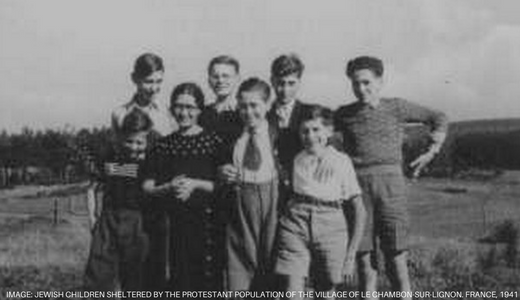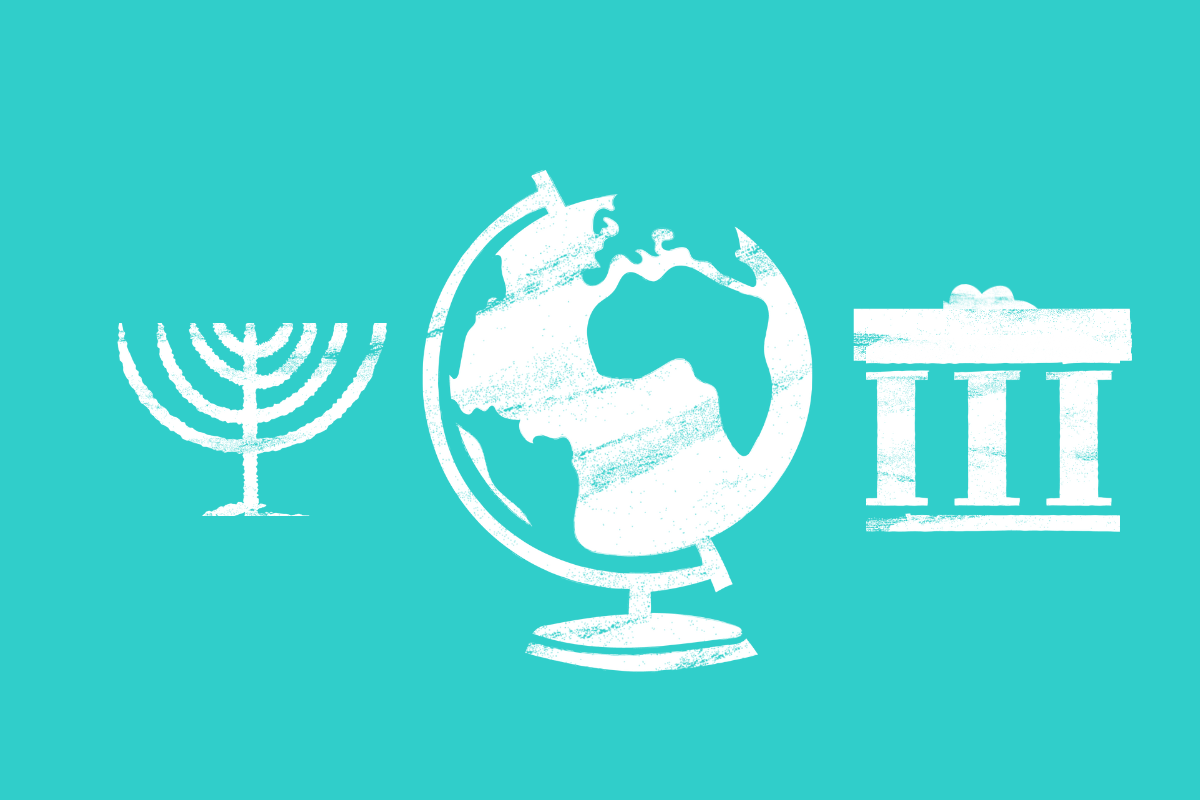Published: 19 February 2018
Last updated: 4 March 2024
“There were many artists imprisoned in Gurs,” Hanne Liebmann reflects in her Queens home. “We had a cultural life there, despite the circumstances. They would organise concerts.”
Hanne Hirsch had been deported to Gurs in October 1940, alongside her family, from Karlsruhe, Germany, where they had owned a photography studio. They arrived in a transport of 6,504 German Jews.
She noticed Max Liebmann because he was playing the cello. “I was impressed by the interpretation he gave to the music,” she says.
But love and marriage were far from their minds in those dark years.
In September 1941, Hanna was legally transferred by the Children’s Aid Society (OSE) out of Gurs; she was hidden in Le Chambon-sur-Lignon, a nearby French Huguenot village which provided refuge to over 3,000 Jews who were fleeing from Nazi and Vichy authorities. “Instinctively, I knew we would be safe in Le Chambon,” Hanne said in a later interview for the Kupferberg Holocaust Center.
When Hanne found out that the Gurs camp was being liquidated and the remaining Jews deported to Auschwitz, the social service agency arranged for Hanne to say farewell to her mother at the rail yard in August 1942. It was the last time she would see her mother, who would later die in Auschwitz.
FULL STORY They met in a concentration camp. now, they’re celebrating 72 years of marriage (Forward)
Photo: Jewish children sheltered by the Protestant population of the village of Le Chambon-sur-Lignon. France, 1941




